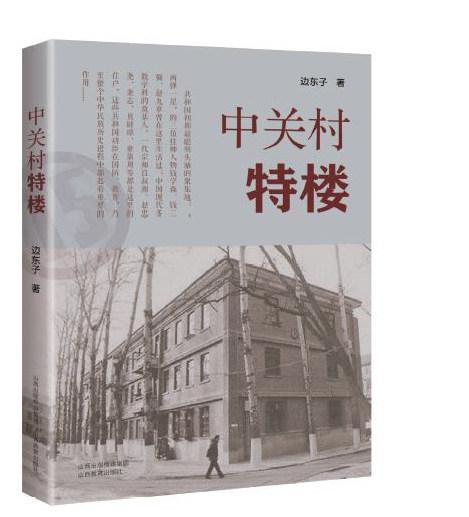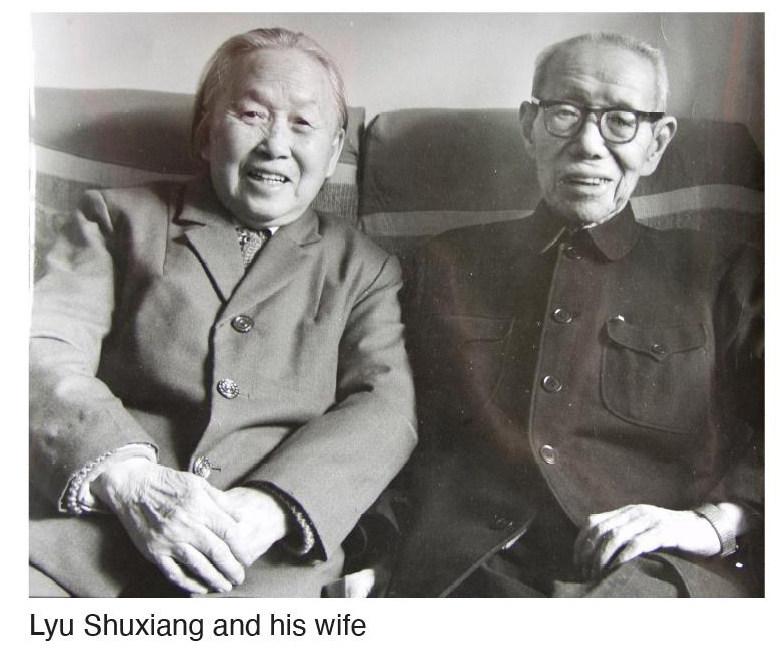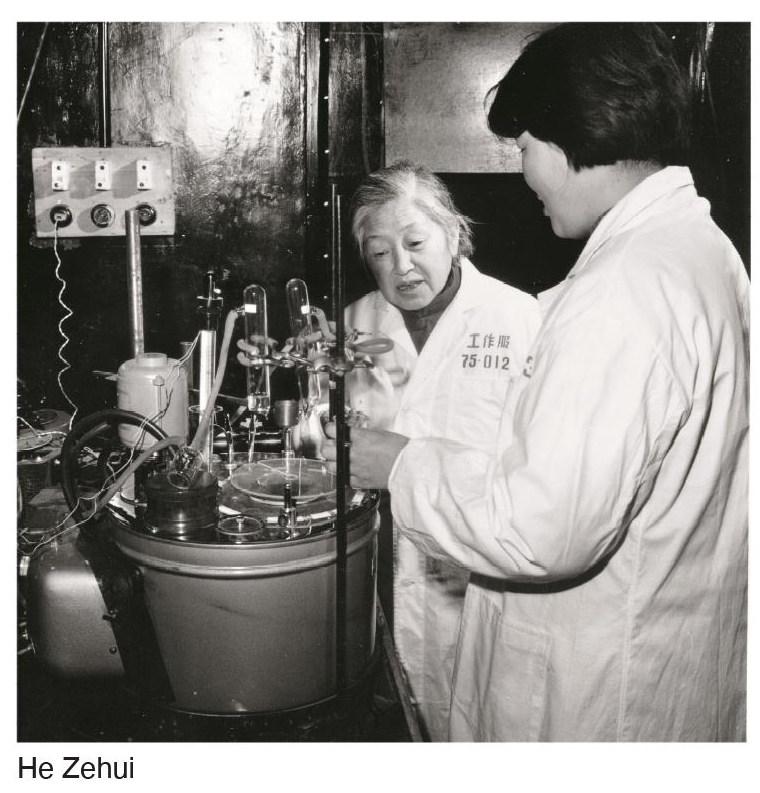Special Buildings in Zhongguancun



Special Buildings in Zhongguancun
Bian Dongzi
Shanxi Education Publishing House
June 2021
87.00 (CNY)
In the heart of Zhongguancun, known as Chinas Silicon Valley, lies three buildings built in the 1950s, which were called “special buildings” at the time. Many famous scientists and founders of modern Chinese science once lived here. Different in research fields and life experiences, the scientists in the “special buildings” had a valuable “l(fā)ove” in common --- love for the motherland and science. Taking the great responsibility of national rejuvenation as their mission, blazing a new trail as pioneers, being firm in ideals, being indomitable, building the Party for public interests, and being loyal to the people, they laid the foundation in many fields of the Peoples Republic of China and especially made lasting contributions to national defense.
Bian Dongzi
Bian Dongzi is a writer, senior editor, and director of the Contemporary Science and Technology History Research Society of the Association of National History of the Peoples Republic of China. His main works include Legend of a Chef (a novel); Legend of Beijing Hotel, Dried Memory, National Treasure Tongrentang: The 340-Year History of Tongrentang, Tongrentang Inheritance and Development, and History of Chinese Modern Hospitals ---? Cancer Hospital Chinese Academy of Medical Sciences (biographies); From the Curie Laboratory-Yang Chengzongs Oral Autobiography (an oral history of famous scientists); and Voice of the Century (a radio drama that elaborates the career of scientists). Many of the above works have won awards.
A group of scientific giants once lived in these three shabby gray buildings, whose studies covered the fields of natural science, technical science, and humanities. six out of the 23 scientists who have been awarded the “Two Bombs and One Satellite” Meritorious Medal by the Central Committee of the Communist Party of China, the State Council and the Central Military Commission, and two of the four famous scientists who initiated the National High Technology Research and Development Program (863 Program) of China lived here. Tsien Hsue-shen, the leader of “Two Bombs and One Satellite” in the development of missiles and rockets, Tsien San-Tsiang, the foregoer in developing nuclear weapons, and Zhao Jiuzhang, the first director of the Satellite Design Institute, all lived in these three buildings. In the 1950s and 1960s, soldiers of the Peoples Liberation Army of China stood guard in front of No.14 building with guns every night. There was also a well-equipped guard squad not far from the three special buildings. It can be seen how important the three “special buildings” were.
The residents in these three buildings included the first-generation scientists who once pioneered and cultivated talents for Chinas modern science. Among them, Bingzhi and Qian Chongshu were still juren (a grade bestowed to graduates of the provincial examinations) and xiucai (a general title bestowed to graduates of the state examination) in the Qing Dynasty when they went abroad. There were 7 “councilors” elected by the former Academia Sinica in 1935 and 1940. To be specific, Bingzhi was one of the first councilors in 1935, and Luo Changpei, Xiong Qinglai, Dai Fanglan, ChunWoon-Young, Qian Chongshu, and Chen Yuan were the councilors elected in 1940.
Also, there lived nine academicians elected by the former Academia Sinica in 1948, namely Dai Fanglan, S.C.Teng, T.C.Tung, Qian Chongshu, Bingzhi, Zhao Zhongyao, Bei Shizhang, Chen Yuan, and Lu Zhiwei.
The presidents of three famous schools once lived there as well, namely Lu Zhiwei, the president of Yenching University, Chen Yuan, the president of Beijing Normal University, and Xiong Qinglai, the president of Yunnan University. In addition, Yang Chengzong once served as the vice president of the University of Science and Technology of China in the early days of reform and opening up and the president of the new day university Hefei Union University. In 1958, as the University of Science and Technology of China was founded, 13 departments were set up, and the heads of nine departments were the residents of these three buildings.
Scientists in these three special buildings took national rejuvenation as their mission, pursuing excellence and keeping brave in innovation. They manifested the spirit of “Two Bombs and One Satellite”, “Spirit of Manned Space Flight”, and “Scientist Spirit”. Indeed, they are the representatives of the “Chinese spirit”, and the “roots” of Zhongguancun. May their struggle, spirit, character, and commitment to the nation and the motherland always inspire us to move forward.
